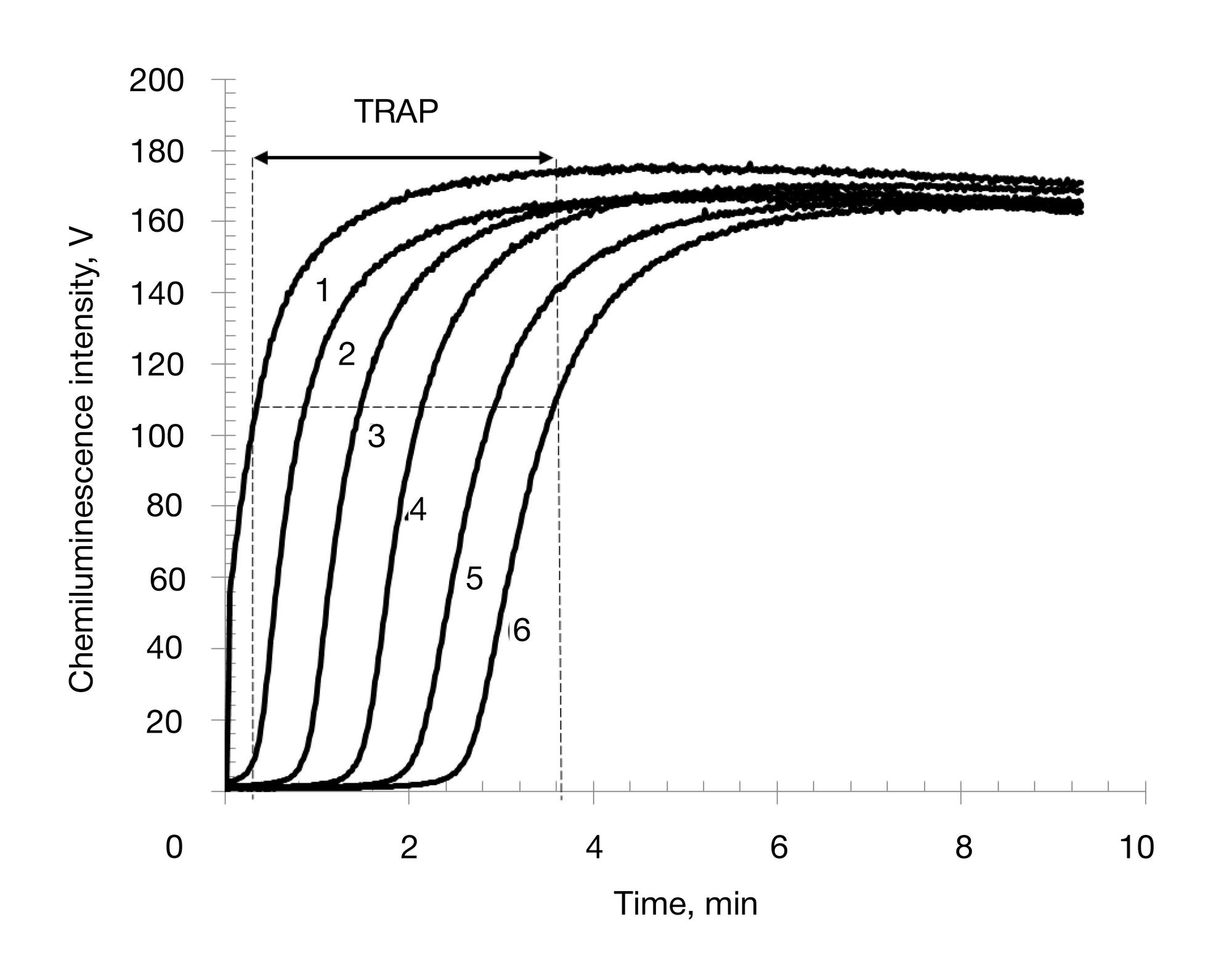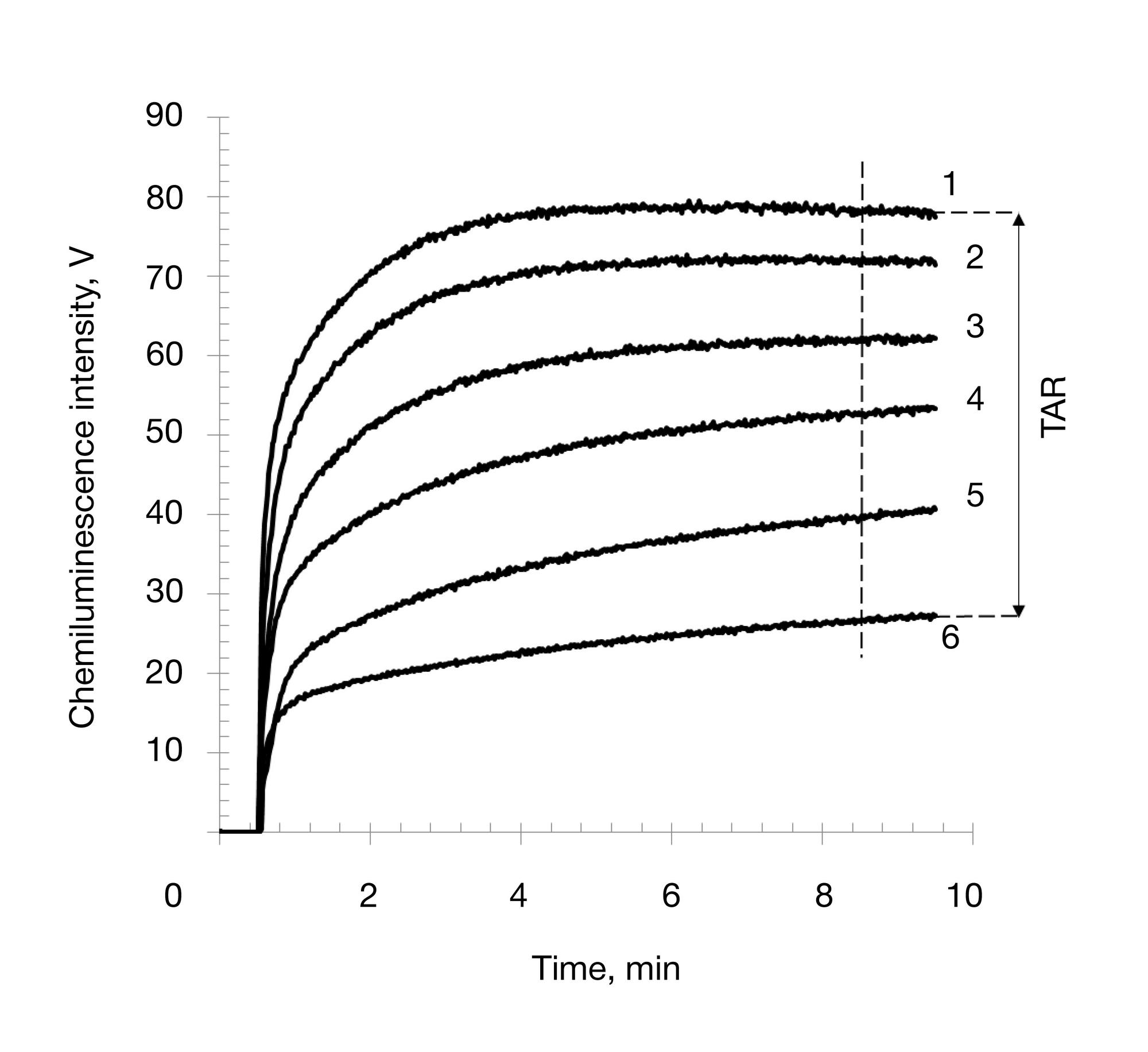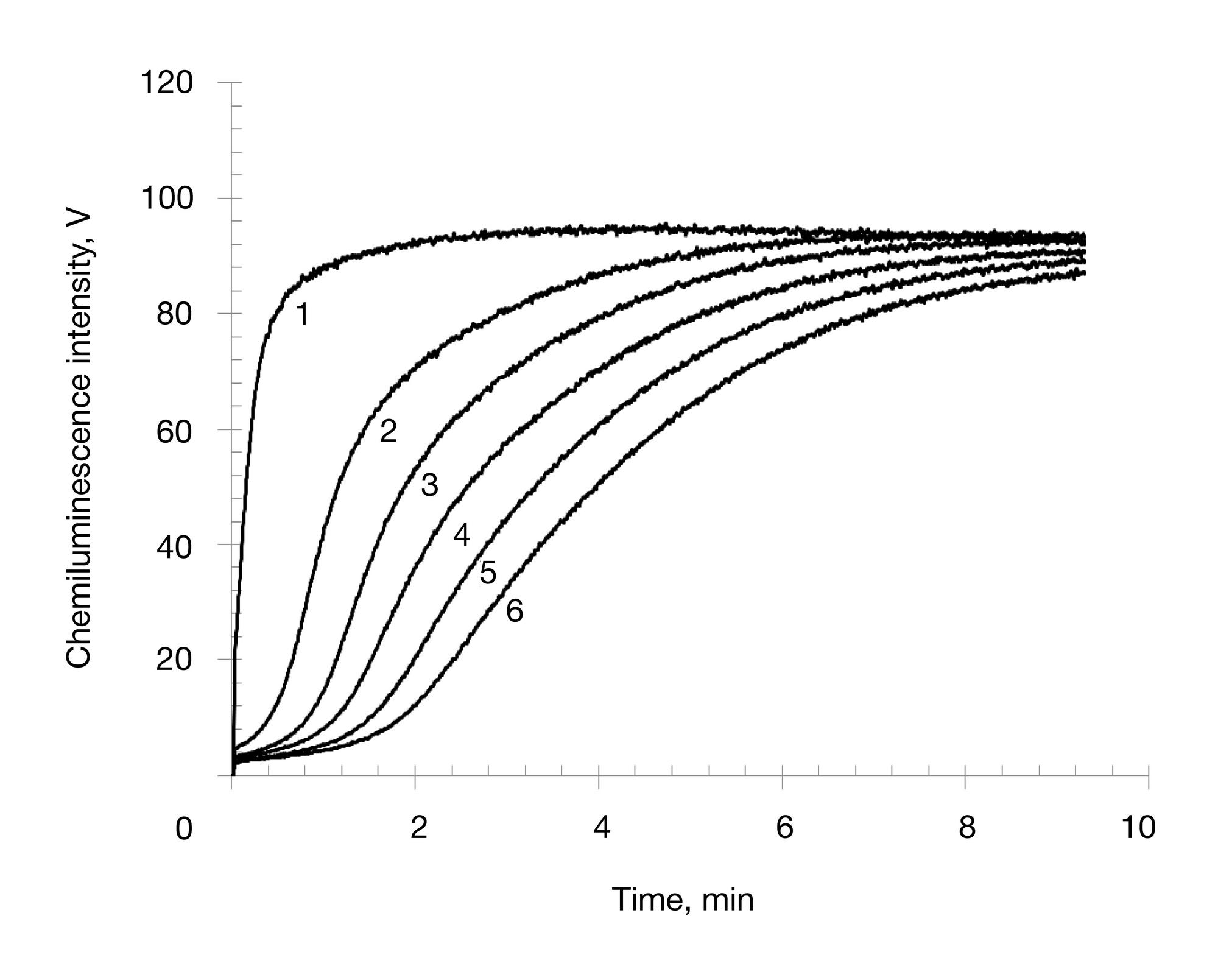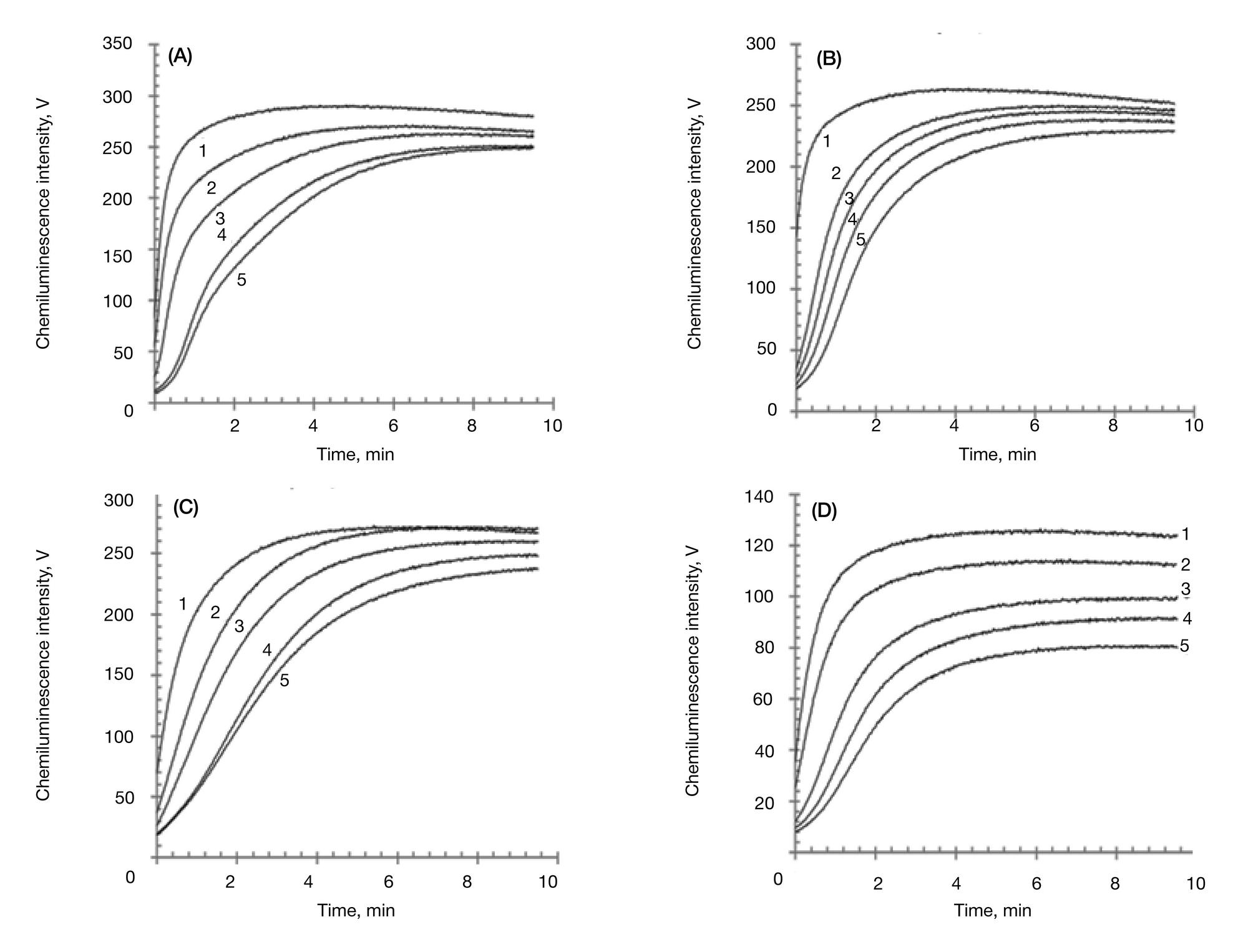
This article is an open access article distributed under the terms and conditions of the Creative Commons Attribution license (CC BY).
METHOD
Chemiluminescent determination of total antioxidant capacity in medicinal plant material
1 Department of Medical Biophysics, Faculty of Fundamental Medicine,Lomonosov Moscow State University, Moscow, Russia
2 Department of Pharmacognosy, Faculty of Pharmacy,The First Sechenov Moscow State Medical University, Moscow, Russia
Correspondence should be addressed: Georgiy Vladimirov
Lomonosovskiy prospekt, d. 31, k. 5, Moscow, Russia, 119192; ur.xednay@vorimidalv-aru
Funding: this work was supported by the Russian Science Foundation, grant no. 14-15-00375.
Acknowledgments: authors thank Andrey Alekseev from Lomonosov Moscow State University for his assistance in conducting the experiment.





